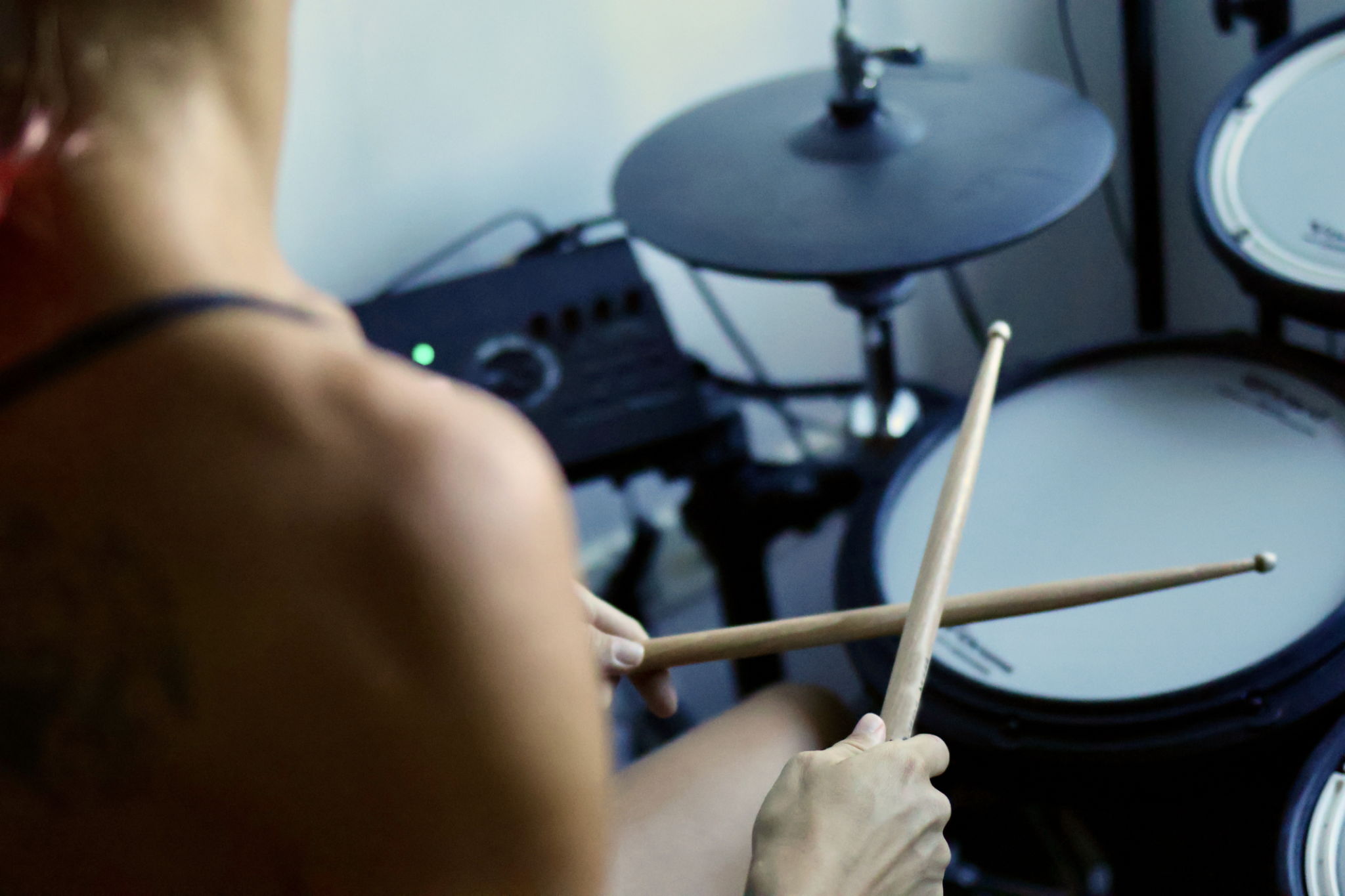How to Choose the Right Jazz Drum Kit for Beginners
Understanding the Basics of a Jazz Drum Kit
When embarking on your journey to learn jazz drumming, it's essential to start with the right kit. A jazz drum kit differs slightly from rock or pop setups, often featuring fewer pieces and focusing on tonal versatility. As a beginner, you'll want a kit that is both affordable and suitable for jazz, providing the fundamental tools you need to develop your skills.

A standard jazz drum kit typically includes a bass drum, snare drum, one or two toms, hi-hat cymbals, a ride cymbal, and sometimes a crash cymbal. The key is to choose a setup that allows you to practice the intricate rhythms and dynamics characteristic of jazz music.
Consider the Drum Shell Material
The material of the drum shells plays a significant role in the sound quality and resonance of your drum kit. Common materials include maple, birch, and mahogany. Maple is known for its warm tones, birch offers bright and punchy sounds, and mahogany provides deep, rich tones. For beginners, maple is often recommended for its balanced sound that suits various playing styles.

While you may not notice subtle differences in tone immediately, understanding these materials will help you choose a kit that can grow with your skills. Many entry-level kits offer a good balance between quality and price, making them ideal for new drummers.
Choosing the Right Cymbals
Cymbals are crucial in jazz drumming, providing the shimmer and accents needed to enhance your performance. A basic jazz setup usually includes a ride cymbal for steady rhythms, hi-hats for crisp beats, and sometimes a crash cymbal for accents. Brands like Zildjian and Sabian offer excellent starter cymbal packs that deliver quality sound without breaking the bank.
As a beginner, focus on finding cymbals that blend well with your drum kit and offer versatility. This will allow you to experiment with different styles within jazz music as you advance in your drumming journey.
Size and Configuration
The size and configuration of your drum kit can significantly affect your playing experience. Jazz drummers often prefer smaller bass drums, typically around 18 inches, which offer a tighter sound suitable for jazz. Smaller toms, around 12 to 14 inches, are also common in jazz setups to provide higher pitches.

Consider your space limitations as well. A compact kit might be more suitable if you’re practicing at home. This not only saves space but also helps in focusing on the essentials of jazz drumming without unnecessary distractions.
Budgeting for Your Drum Kit
Setting a realistic budget is crucial when purchasing your first jazz drum kit. Entry-level kits can range from $300 to $600, offering decent quality for beginners. Remember to account for additional costs such as cymbals, stands, and other hardware.
It's wise to invest in a reliable brand that offers durability and sound quality. Brands like Ludwig, Gretsch, and Pearl are known for their beginner-friendly options that maintain good resale value should you decide to upgrade later.
Final Tips for Beginners
As you choose your drum kit, consider purchasing from a local music store where you can test different setups and seek advice from knowledgeable staff. Online reviews and forums can also provide valuable insights into specific models.

Lastly, take your time to learn about tuning and maintaining your drums. Proper maintenance will ensure your kit lasts longer and continues to provide great sound as you progress in your drumming skills.
